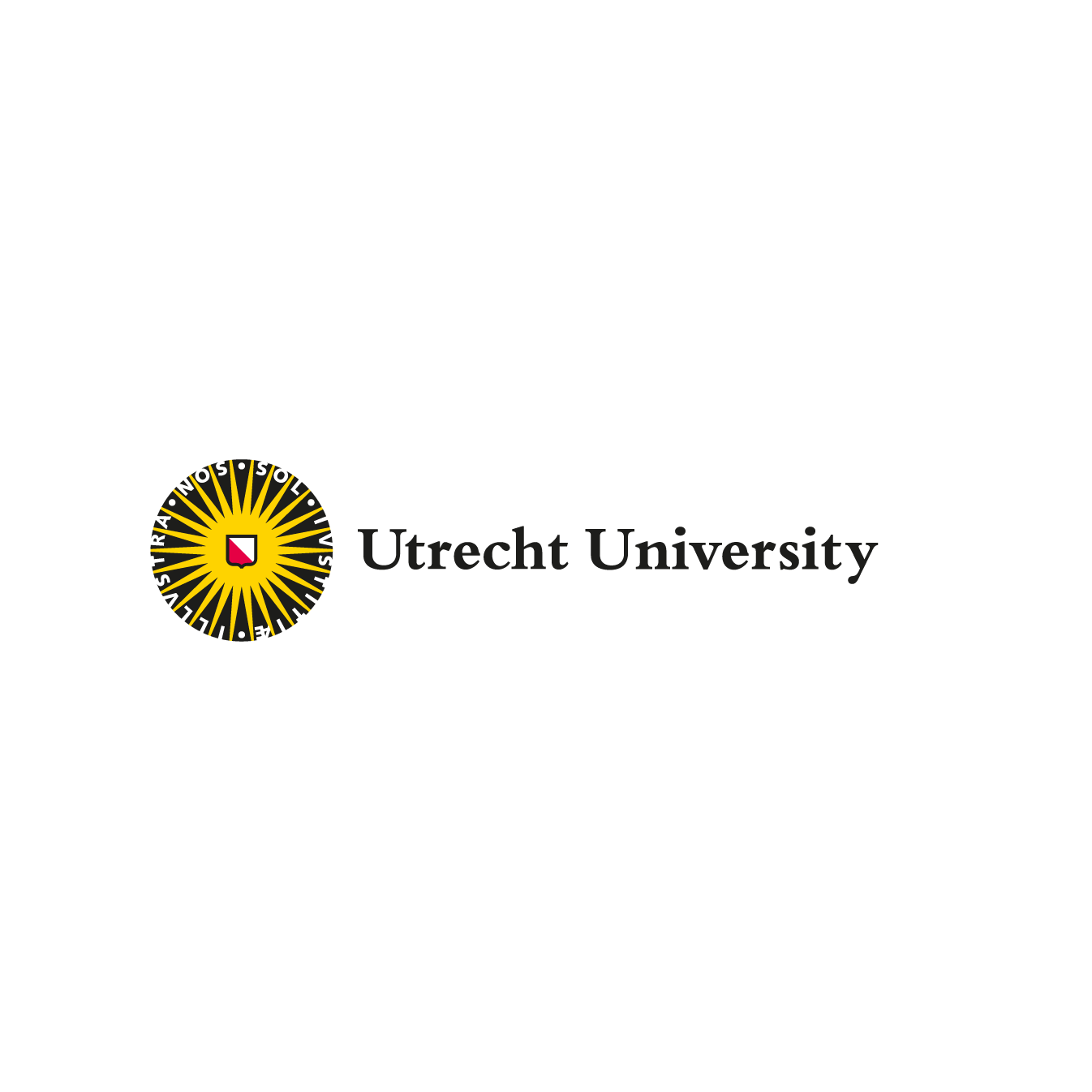The 9G masts transformed human mobility by launching the Virtual World. The effect of this was a stark contrast between the offline and online world. People’s daily activities were experienced in the online world. Due to the shocking impact of flood Mia, society was forced to rethink its dependency on the virtual world and was reintroduced to offline life.
The 9G masts transformed human mobility by launching the Virtual World. The effect of this was a stark contrast between the offline and online world. People’s daily activities were experienced in the online world. Due to the shocking impact of flood Mia, society was forced to rethink its dependency on the virtual world and was reintroduced to offline life.
The 9G masts transformed human mobility by launching the Virtual World. The effect of this was a stark contrast between the offline and online world. People’s daily activities were experienced in the online world. Due to the shocking impact of flood Mia, society was forced to rethink its dependency on the virtual world and was reintroduced to offline life.
Daily life since 9G
The introduction of 9G masts represented a dramatic shift in human daily life and mobility. As a descendent of a long history of technological advances, 9G offered the most complete virtual experience so far. By putting on the ‘XIV Goggles’, the Virtual World became undistinguishable from the physical world. This mental teleportation enabled people to travel to places all over the world, while staying in their own living room. They could travel virtually to exotic countries, play a football match with friends or casually meet relatives with the same experience of physical reality. The 9G masts led to a world that had become one connected entity.
For many national governments struggling to meet the climate goals of 2050, the Virtual World represented an opportunity to drastically lessen the environmental impact from both the airline- and car industry. New policies came into light to discourage people from physical movement and to encourage digital exploration. In the Netherlands, the eco-tax resulted in incredibly high fuel costs and people almost completely stopped to travel by car or airplane. Most of people's daily experiences became virtual ones. As a result, people lost connection to their physical surroundings. Houses became the place where people would spend nearly all their time. Many public spaces that had been designed to meet offline became underused and sometimes entirely abandoned.
Due to the diminished mobility of people, many natural areas were restored in the Netherlands. The Frysian province became a nature area, host to many new bird species. Roads, previously used for personal mobility, were now only used for transporting goods
Due to 9G masts, people became connected with other people and places all over the world
Flood Mia
In February 2065, the big flood Mia surprised the inhabitants of the Netherlands, dragging them in a crisis of unexpected impact that completely changed Dutch society. Mostly rural and urban areas on the Dutch West coast were flooded and almost the entire living environment of its citizens was destroyed, including three 9G masts. The aftermath was interesting: the affected areas were completely disconnected from the rest of society for some time, which for most was a hugely impactful moment. Never before had the inhabitants of these areas experienced a complete disconnection from 9G and the virtual world.
The Netherlands in 2065. In blue the flooded area can be seen, and the 9G masts are shown in orange. Three 9G masts were situated in the flooded area.
Utrecht after Flood Mia, only parts of the city of Rotterdam are left (2065)
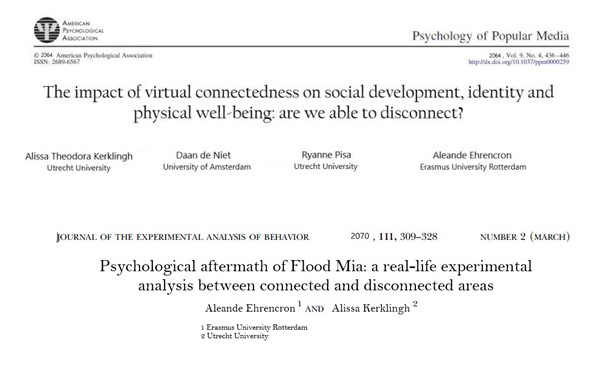
Rethinking human connectivity
After 2065, two different movements arose in the Netherlands. One pleaded for a return to the normal lifestyle as soon as possible. They felt they had lost part of their identity and social life due to the loss of connectedness. On the other hand, another group experienced the feeling of disconnectedness as extremely positive and wanted to examine the disconnected life more. This group named themselves 'OffLIFE' and started to create living spaces where there was no connection to the internet. More and more societal movements formed who wanted to disconnect, and public debates about the effects of a virtual lifestyle were held daily.
The situation created by the flood was something that psychologists could normally only dream of. It created a real-life experimental setting with two conditions: those who were connected and those who were not. Scientific interest into the deeply forming and intrusive effect of constant connectedness had been growing for years (see study from 2064). This field of work has questioned whether the advantages of connectedness could outweigh the disadvantages, such as obesity, concentration problems, loneliness and diminished empathetic abilities. After Flood Mia, research was conducted on the effects of disconnecting (see study from 2070). This research showed positive effects of not being connected, like improved concentration, higher feeling of human attachment and increased physical activities.
Policies for virtual dis-connectivity
Rising awareness of negative effects of continuous connectedness brought forward a call for policies that protected people from this. The Ministry of Digital Affairs and Virtual Relations (VAVR) focussed on the regulation of time that people spent in the virtual world and educating and informing people about health and well-being. Spatial policy regained a focus on improving the health of citizens, targeting issues related to virtual addiction. Public spaces were introduced that were specially designed for offline activities and characterized by the absence of virtual connectivity. This would help people who spent an unhealthy amount of time online by offering them spaces with minimal stimuli. Educational policies were amended to stimulate being outside, experiencing real-human contact and creating exercises to develop stronger social contact. The Ministry of VAVR worked closely together with the Ministry of Health to ensure that being outside became part of daily life again. In short, we witnessed the return of physical mobility.
Curatorial Team

Ryanne Pisa
Professor of Cognitive Psychology, specialised in digital relations at Utrecht University
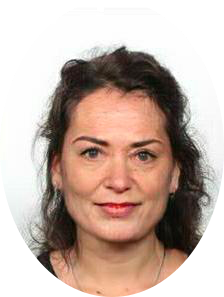
Aleande Ehrencon
Professor of Urban Dynamics, specialized in Offline Mobility at Erasmus University in Rotterdam
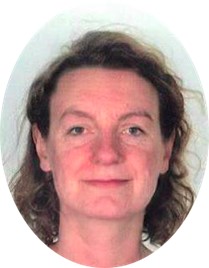
Alissa Kerklingh
Professor of Virtual Interactions at Utrecht University
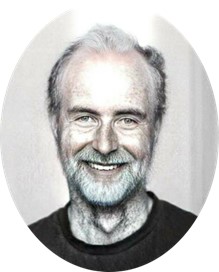
Daan de Niet
Professor of Spatial Development, specialized in urban conflicts
The Museum for the Future is a project created by the Urban Futures Studio
